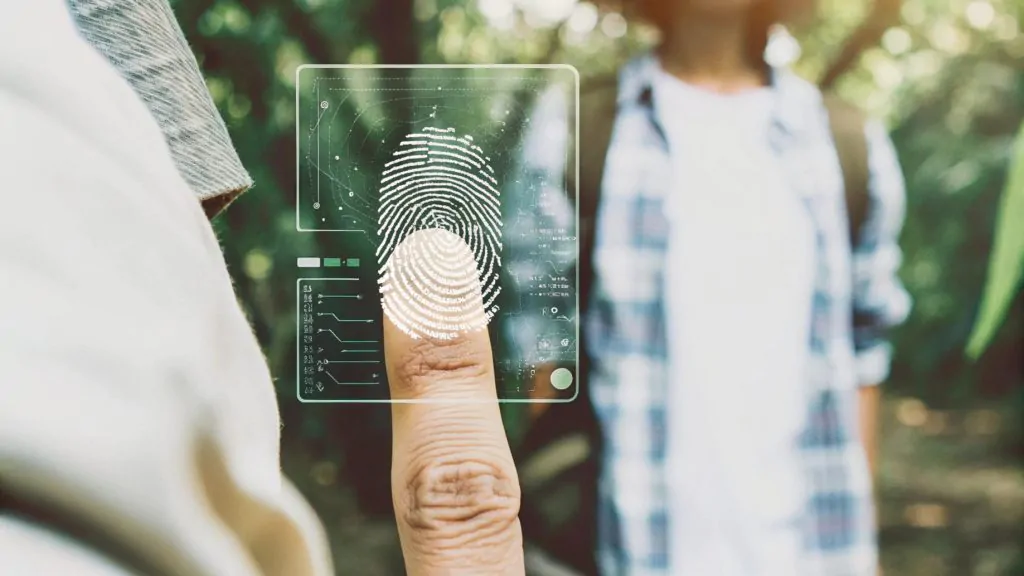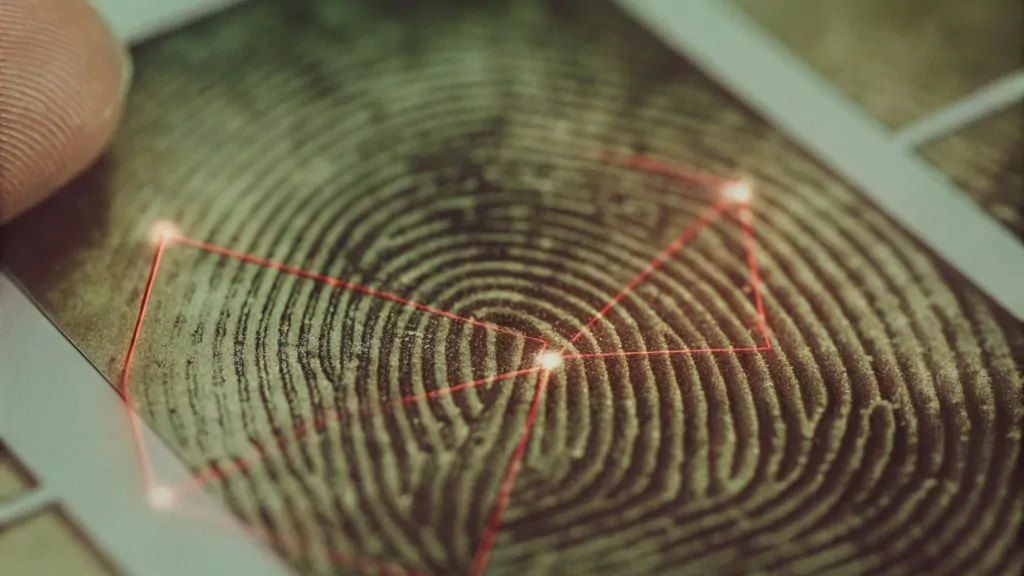Fingerprint scanners use ridge patterns to capture unique details on the skin’s surface. By analyzing the ridge count and characteristics, biometric systems create a precise template, ensuring accurate identification for security and forensic applications. This process plays a crucial role in systems used by governments, banks, and law enforcement.
A fingerprint scanner captures the fingerprint, converting the physical pattern into a digital format. The automated recognition system then processes this image to extract distinctive features, forming a unique pattern-matching template. Ridge characteristics such as ridge endings and bifurcations are used to ensure accuracy in matching, making the scanner an essential tool in biometric security systems.

Now that we’ve covered the basics of how fingerprint scanners use ridge patterns, let’s dive deeper into the technical aspects and answer some common questions about fingerprint identification and ridge analysis.
What is the Main Function of the Ridges on Fingerprints for Fingerprint Recognition Devices?
Fingerprint recognition devices rely on the unique structure of your fingerprints, and specifically the ridges, to perform identification and authentication. But how exactly do these ridges make it possible?
The ridges on fingerprints provide unique identifiers, enhance image capture quality, and enable detailed analysis through minutiae detection and pattern recognition. These features are vital for fingerprint recognition devices.

Main Functions of Fingerprint Ridges in Recognition Devices
1. Unique Identification
The primary function of fingerprint ridges in recognition systems is to provide unique identification. Each person’s fingerprint has a distinct arrangement of ridges and valleys, which are formed during fetal development and remain unchanged throughout life. This uniqueness makes fingerprints an ideal biometric marker for verifying identity in various applications, from mobile phones to security systems.
2. Enhanced Image Capture
Fingerprint recognition devices, including optical and capacitive scanners, rely on the differences between ridges and valleys to capture high-quality images.
- Optical Scanners: These scanners illuminate the finger and capture the reflected light. The raised ridges reflect light differently than the valleys, creating a detailed image based on these contrasts.
- Capacitive Scanners: These devices measure the variations in electrical capacitance between the ridges and valleys. Since the ridges retain more moisture, they have higher capacitance than the valleys, which allows the scanner to effectively map the fingerprint’s surface.
3. Minutiae Detection
Fingerprint recognition systems use minutiae points, which are specific characteristics of the ridges, such as where the ridges end or fork into two. These minutiae points are essential for the matching process. During authentication, the system compares these points to stored templates to confirm identity. The more minutiae points that can be detected, the more accurate the system’s matching process becomes.
4. Pattern Recognition
In addition to minutiae, fingerprint recognition systems also analyze overall ridge patterns, such as loops, whorls, and arches. This pattern recognition aids in the classification of fingerprints, making it easier and faster to search large databases. It ensures that even if minutiae points are incomplete or damaged, the system can still categorize and verify fingerprints accurately.
How Do Delta and Core Fingerprints Contribute to Identification?
Delta and core points are key features in the world of fingerprint identification. But how do these specific points help in recognizing and verifying individuals?
Delta and core points serve as essential markers for classifying fingerprints, providing unique reference points for analysis, and enhancing comparison accuracy. These features support both forensic analysis and automated fingerprint identification systems (AFIS).

Key Contributions of Delta and Core Points
1. Classification of Fingerprint Patterns
Delta and core points are fundamental for classifying fingerprints into distinct patterns.
- Core: The core is the central point where the ridges of a fingerprint converge or loop back on themselves. It serves as a reference point for determining whether the fingerprint is a loop, whorl, or arch.
- Delta: A delta is formed where three or more ridge lines converge, forming a triangular shape. The number and position of deltas help in further classification:
- Loops have one delta.
- Whorls have two or more deltas.
- Arches have no deltas.
This classification system allows forensic experts to quickly categorize fingerprints, narrowing down potential matches.
2. Unique Reference Points for Analysis
Delta and core points act as unique reference markers within each fingerprint. Their specific locations vary from person to person, providing valuable clues for distinguishing individuals. Forensic experts often begin their analysis by locating these points, using them as anchors to assess minutiae (smaller details) and other ridge characteristics. This process ensures that fingerprints are analyzed with precision.
3. Facilitating Comparison and Matching
When comparing fingerprints, delta and core points provide a framework for forensic analysis. Experts measure distances between ridges and count ridge intersections between the delta and core. This quantitative analysis helps determine if two prints belong to the same individual or different people. These points’ distinctiveness makes them critical for ensuring accurate identification, especially in legal situations where precise matching is necessary.
4. Supporting Automated Identification Systems
In modern forensic applications, delta and core points are also essential for automated fingerprint identification systems (AFIS). AFIS uses algorithms that recognize these key features to quickly match fingerprints against large databases. By focusing on these prominent points, AFIS can efficiently process and identify fingerprints, improving speed and accuracy.
Summary:
Understanding how ridge patterns and fingerprint scanners work is essential for integrating reliable biometric systems. By leveraging ridge count, tracing, and unique characteristics, these systems provide an effective and secure means of identification in critical sectors like banking, government, and law enforcement.


